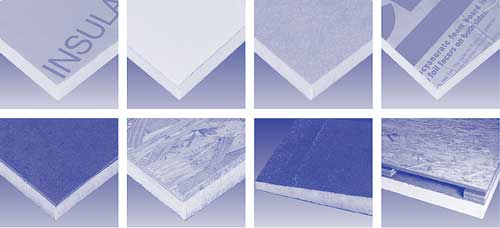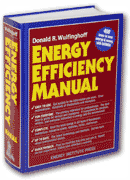Overview of…
Note 43. Insulation Selection
The Energy Efficiency Manual has several groups of energy conservation measures that relate to insulation. This Note provides information about the main types of building insulation. It explains the factors that you should consider before selecting insulation for any application.
The thermal effectiveness of insulation is measured by two alternative ratings, thermal conductivity (“U-value”) and thermal resistance (“R-value”). The note explains what they mean and how to use them.
The insulation properties of glass fiber, mineral fiber, plastic foam boards (including polystyrene, polyurethane, and isocyanurate), plastic foam beads, sprayed plastic foam, loose dry cellulose, wet sprayed cellulose, vermiculite, perlite, lightweight concrete, and soil are described.
The Note covers the essential insulation selection factors, including fire safety, material cost, installation cost, care required in installation, moisture permeability, ability to fill voids, tendency to settle, resistance to moisture damage, aging behavior, resistance to impact damage, temperature range, vermin resistance, growth of mold and mildew, and emission of noxious chemicals.
Click here to return to the Table of Contents


